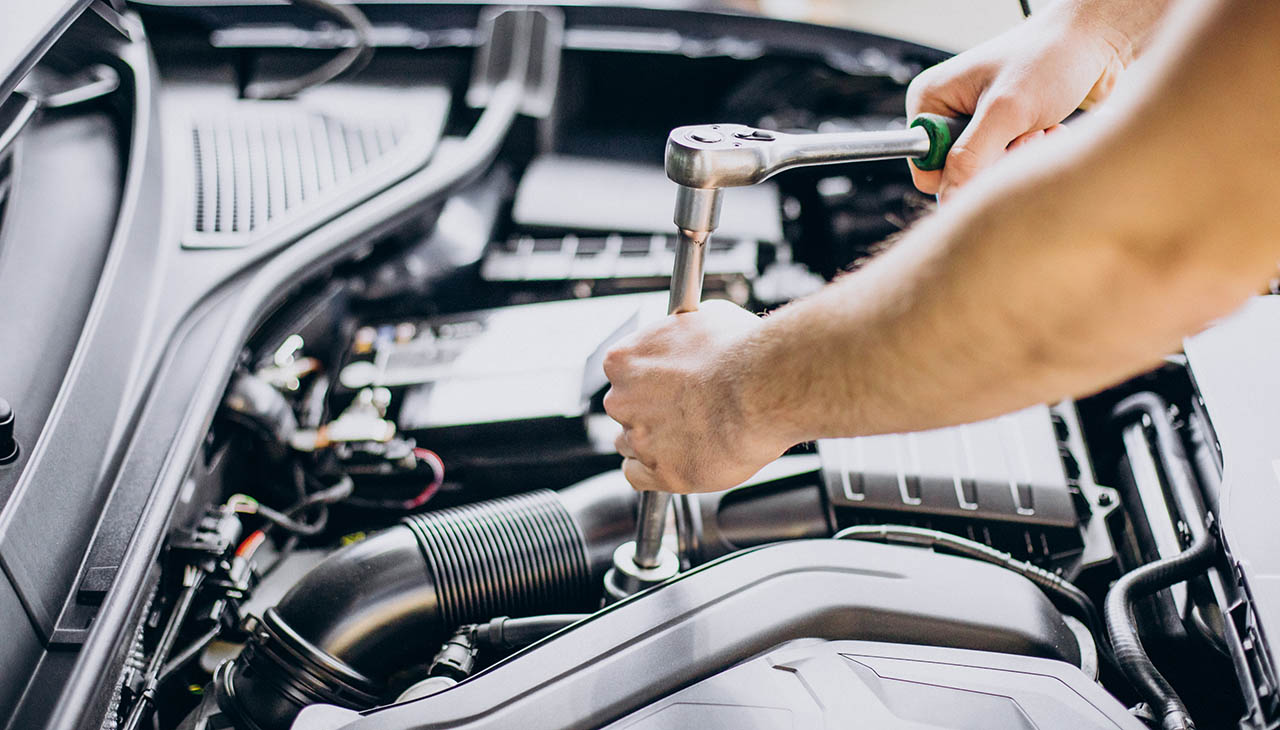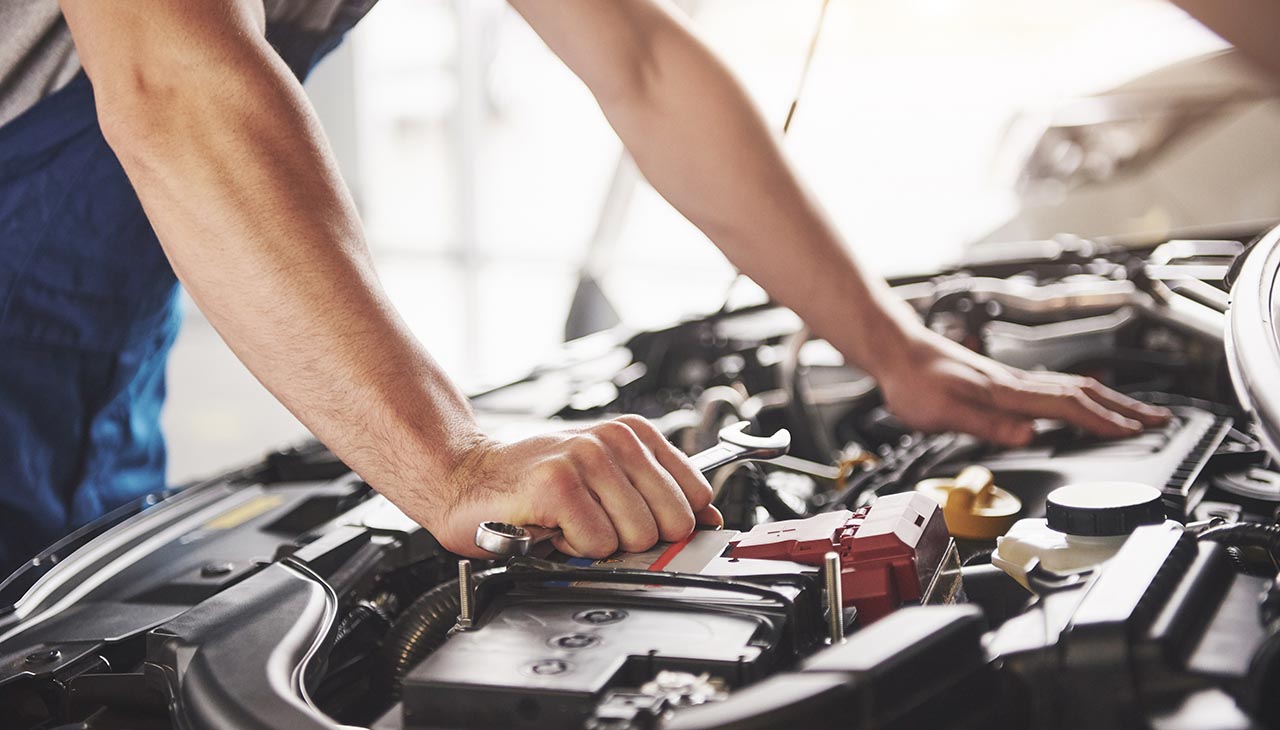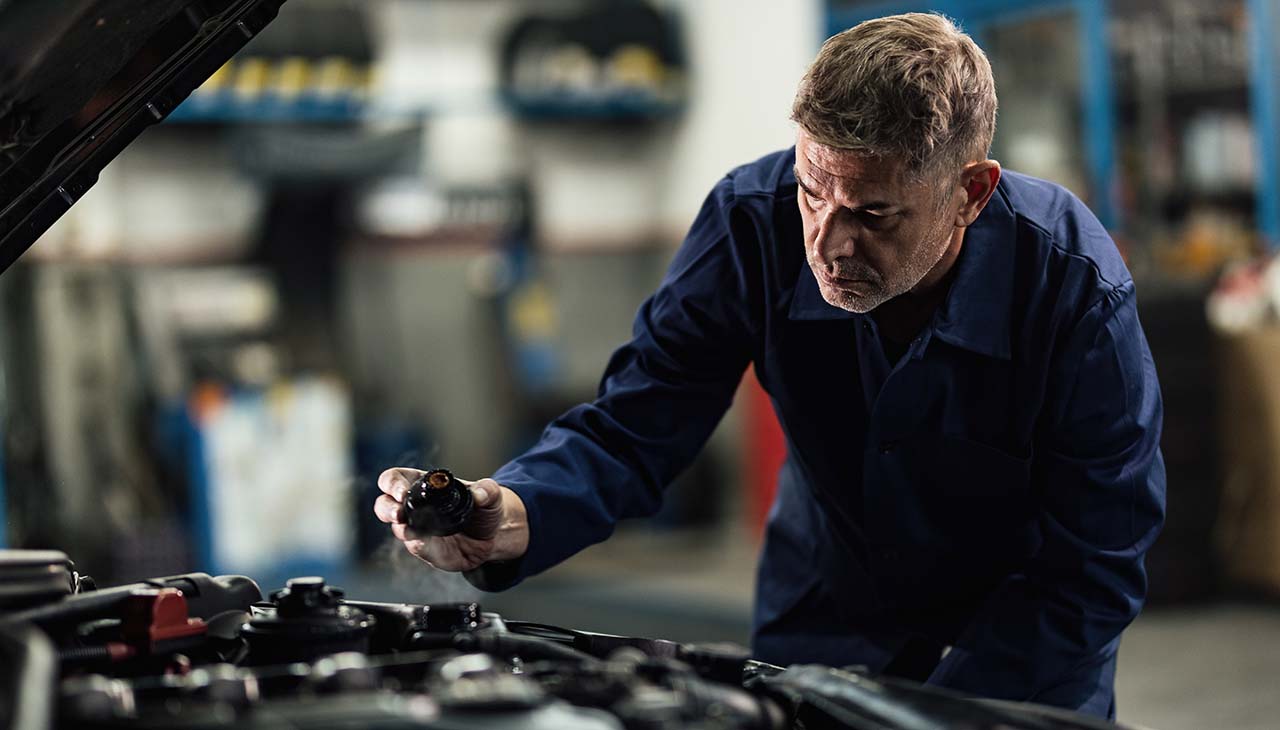As the seasons change, so do the maintenance needs of your vehicle. Properly preparing your car for each season not only ensures your safety on the road but can also extend the lifespan of your vehicle and enhance its performance. Seasonal maintenance is about adapting to the unique challenges that each season presents, from the icy grip of winter to the searing heat of summer. This checklist will serve as your guide to keep your vehicle running smoothly all year round, so you can drive with confidence whatever the weather.
Spring Car Maintenance
- Check and Change the Oil: Routine oil changes are crucial for the health of your engine. As you transition into spring, ensure you check your oil level, quality, and viscosity. Warmer temperatures may require a slightly thicker oil to maintain proper lubrication.
- Inspect and Rotate the Tires: Winter can be harsh on your tires. Come spring, inspect your tires for any damage, check the tire pressure, and rotate them to promote even wear. This will improve your vehicle’s handling and extend the life of your tires.
- Replace Wiper Blades: Spring showers bring the need for clear visibility. Replacing your wiper blades after the winter months will prepare you for any rain ahead and prevent streaking on the windshield.
- Check the Alignment and Suspension: Potholes and rough winter roads can impact your car’s alignment and suspension. A checkup in the spring can ensure your vehicle handles properly and maintains tire health.
Summer Car Maintenance
- Inspect the Coolant and Radiator: Overheating is a common problem in the summer. Make sure your coolant level is adequate and the radiator is in good condition to prevent overheating and potential engine damage.
- Test the Air Conditioning System: Comfort is key during hot summer drives. Have your air conditioning system checked to ensure it’s cooling efficiently, and the refrigerant levels are sufficient for optimal operation.
- Check the Battery and Electrical System: High temperatures can put a strain on your vehicle’s battery and electrical system. It’s important to test the battery’s charge and stability and to inspect electrical connections for corrosion or wear.
- Inspect and Clean the Brakes: Dust and debris from summer roads can accumulate in the braking system. Regular inspection and cleaning of the brakes are important to maintain stopping power and safety on the road.
Fall Car Maintenance
- Check the Heater and Defroster: Proper visibility and comfort during colder temperatures are critical. Ensure that your vehicle’s heater and defrosting system are working efficiently as you prepare for the chill of late autumn.
- Inspect the Tire Pressure: As temperatures drop, so can your tire pressure. Regularly check and adjust the pressure to meet the recommended levels for optimal traction and fuel efficiency.
- Replace Engine Air Filter: Fallen leaves and debris can clog your engine’s air filter in the fall. A clean air filter is essential for maintaining good fuel economy and engine performance.
- Test the Lights and Signals: Shorter days and foggy conditions require fully functioning lights and signals to communicate with other drivers. Test and clean your vehicle’s lights and signal indicators for clear visibility and safety.
Winter Car Maintenance
- Check the Antifreeze and Windshield Washer Fluid: Maintaining the right antifreeze level is crucial to avoid freezing in the cooling system. Similarly, ensure your windshield washer fluid is full and rated for freezing temperatures to guarantee clear sight during snowy or icy conditions.
- Test the Battery and Ignition System: Cold weather can severely impact your vehicle’s battery and its ability to start. Have your battery and ignition system checked to prevent unexpected failures during cold snaps.
- Inspect the Tire Tread and Pressure: The condition of your tires is vital for safe winter driving. Regularly examine the tread depth to ensure sufficient grip on slippery roads, and maintain the tire pressure according to manufacturer’s specifications, as cold air can cause it to drop.
- Consider Installing Winter Tires: If you live in an area with severe winter weather, switching to winter tires can provide better traction, handling, and safety in snowy or icy conditions.
General Tips
- Regular Car Wash and Wax: Keeping your vehicle clean is about more than just appearance. Regular washes can prevent rust and remove substances that may damage the car’s paint and undercarriage. Applying wax can protect the paint from UV rays and improve the vehicle’s overall luster.
- Check Fluid Levels Regularly: Fluids are the lifeblood of your vehicle. Consistently check and top up fluids such as brake fluid, power steering fluid, transmission fluid, and engine coolant to ensure all systems are running smoothly.
Keep Emergency Supplies in the Vehicle: Unexpected situations can arise at any time on the road. It’s wise to stock your vehicle with emergency supplies such as a first-aid kit, flashlight, blanket, extra clothing, water, non-perishable snacks, jumper cables, and a roadside emergency tool kit.



